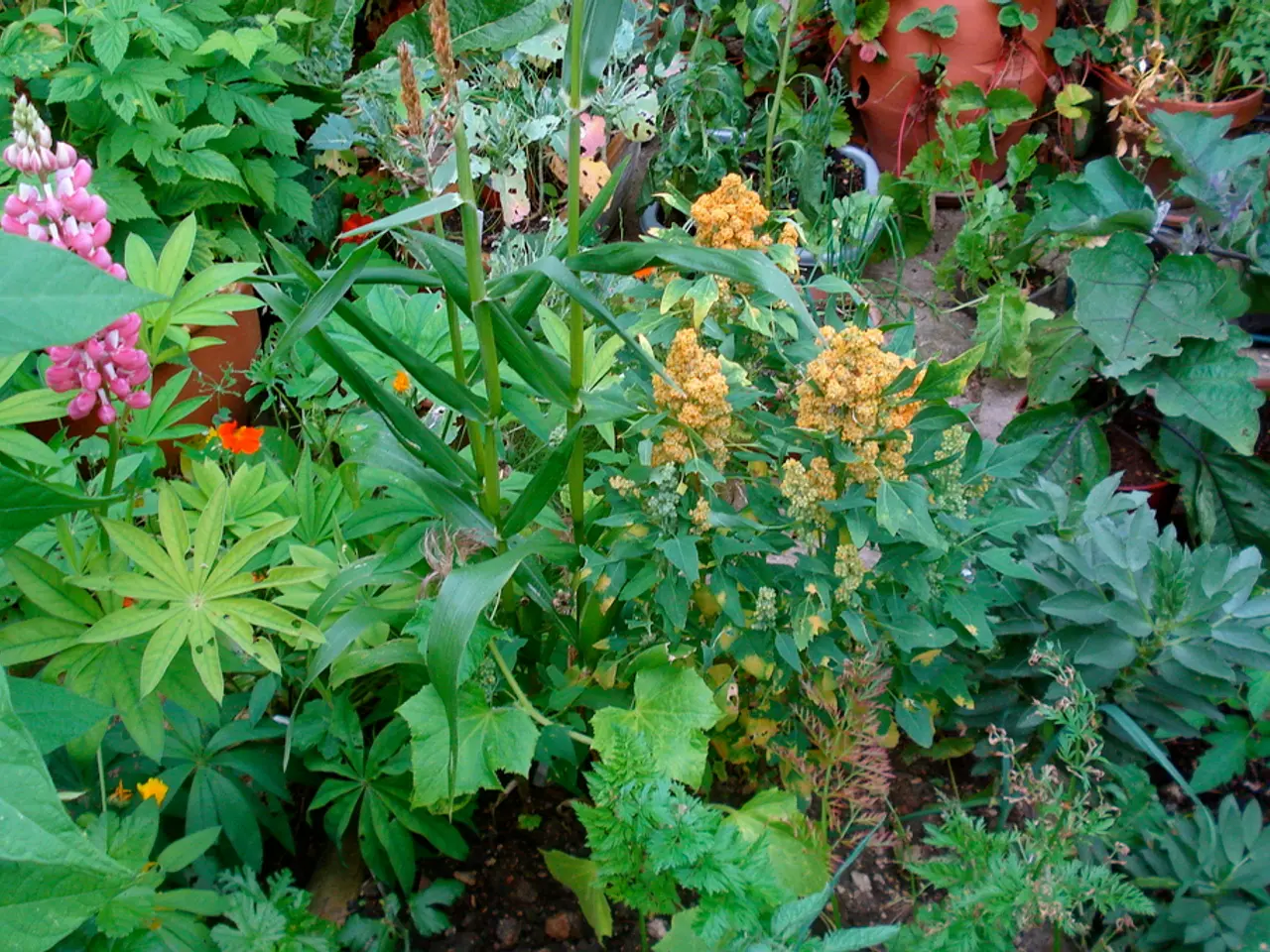Discovering the Different Types of Lilies for Your Garden: An Overview of Various Varieties
=====================================================================
Lilies, with their trumpet-shaped flowers and captivating aroma, are a popular choice for garden enthusiasts and florists alike. These stunning flowers belong to the family Liliaceae, which includes about 16 genera and 635 species, mostly herbaceous perennials with six-segmented flowers and bulbs or other underground storage organs.
Within Liliaceae, there are twelve recognized subdivisions (subfamilies or tribes) with distinctive characteristics:
- Melanthioideae - Rhizome or bulb with scaly leaves.
- Herrerioideae - Plants with tubers and small flower racemes.
- Asphodeloideae - Rhizome with radical leaves and spike-like inflorescences.
- Alliodeae - Bulb or short rhizome with umbels (umbrella-shaped flower clusters).
- Lilioideae - Both stem and bulb have leaves.
- Scilloideae - Bulb-containing plants with leafless stems.
- Asparagoideae - Have subterranean rhizomes.
- Dracaenoideae - Upright stems with leafy crowns.
- Ophiopogonoideae - Short rhizomes, with grass-like leaves.
- Aletrioideae - Short rhizomes; leaves lance- or arrow-shaped.
- Luzuriagoideae - Climbing shrubs or under-shrub twigs.
- Smilacoideae - Net-veined shrubs.
In addition to these broad divisions, some specific lily groups are known for unique traits or cultivated varieties. For instance, the true lilies (Lilium spp.) feature varied flower forms and colors, including Asiatic lilies, Oriental lilies, LA hybrids, and Trumpet lilies, each with unique petal shapes and hues.
One popular variety is the Black Beauty, which is highly susceptible to diseases, while Golden Splendor boasts a low susceptibility. Some lily varieties are cold hardy and can tolerate the winter chill in North America, while others might require a warmer climate or must be overwintered in pots if grown in cooler regions.
It's crucial to keep lilies out of reach of pets as every part of the lily plant is toxic to cats. Proactive treatment with fungicides may be necessary if diseases are detected in lilies. Good air circulation helps prevent fungal infections.
Lilies prefer full sun to partial shade, though some varieties are adaptable to less sunlit areas. They thrive in well-drained soil with a slightly acidic pH. Lilies are planted in early fall or spring, and bulbs are set about three times as deep as their height. For taller varieties, stakes are installed at planting time to support their growth later.
Lilies are often cultivated for their fragrance and beauty in gardens and floral arrangements. Some popular varieties include Oriental hybrids, which bloom around mid-to-late summer with large flowers and a strong fragrance, and Asiatic hybrids, which are hardy, early bloomers with a wide range of colors. Oriental-Asiatic hybrids, a cross between the early and late bloomers, typically fill the gap with mid-season flowering.
Easter lilies, a type of Trumpet lily, typically bloom in the spring around Easter. Other popular Trumpet and Aurelian hybrids unfurl their large, trumpet-shaped blossoms in mid to late summer.
Glen, an experienced gardener with over 15 years of experience in garden maintenance, design, and landscaping services, creates helpful content for a blog. Recent posts by Glen include articles on garden fungicides, candy cane peppers, and watermelon.
With their diverse colours, shapes, and sizes, lilies are a stunning addition to any garden or floral arrangement. However, it's essential to consider their unique characteristics and needs to ensure a healthy and beautiful bloom.




